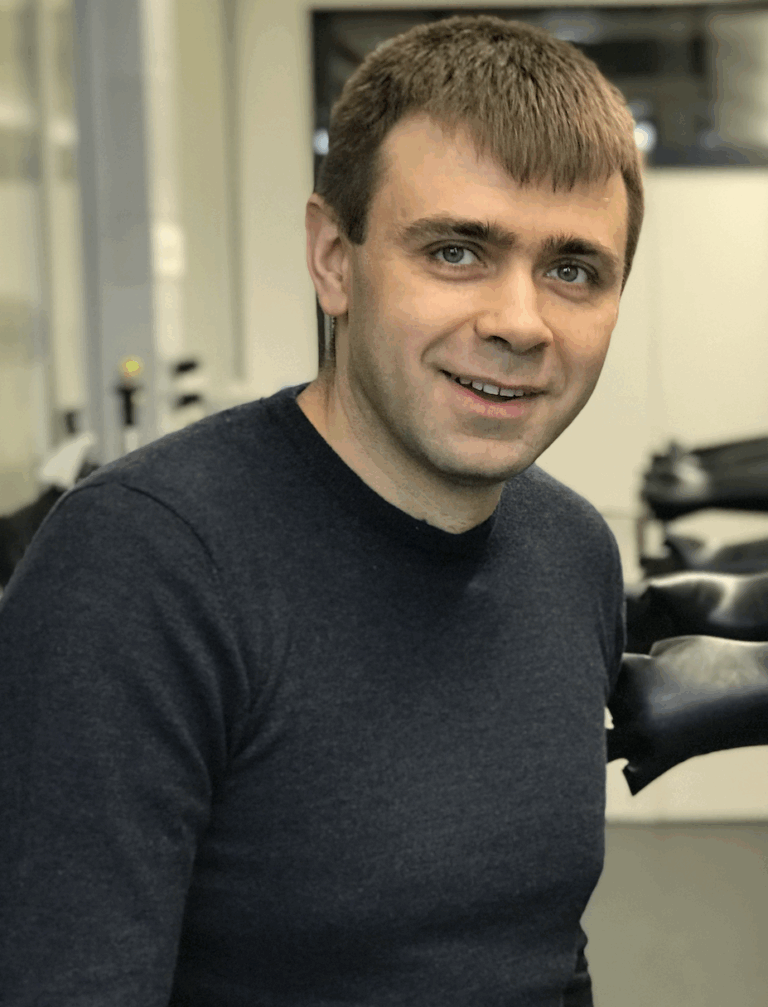Maksym Kovalenko
My Quantum Dot Journey: From Water To Infrared, And Finally To Luminescent Salts
Taylor Auditorium, Frick Chemistry Lab B02
Host: Mircea Dincă
My QD journey began in 2000, when I sought to escape the monotony of growing single crystals of CdTe. Instead, I opted to produce thiol-capped CdTe QDs in water and study their photoluminescence. In Austria, my future PhD advisor was very enthusiastic about extending QD studies into the near- and mid-infrared. By 2008, the primary challenge was to integrate QDs into solid-state devices, and the key was to rethink the way we design their capping ligands – a task undertaken during my postdoctoral experience at the University of Chicago. Finally, in 2015, it was time to invent a new kind of QDs, this time in the realm of ionic materials. Inspired by the success of lead halide perovskites (APbX3, A=Cs, methylammonium, and formamidinium) as highly intrinsic and defect-tolerant semiconductors, we set out to produce QDs of the same composition in 2014. These novel QDs turned out to be vastly different from all other QD materials, as they did not require epitaxial overcoating to exhibit highly efficient and spectrally narrow photoluminescence in the visible spectral range. These QDs are currently pursued as superb green and red primary emitters in LCD displays. We will discuss the peculiar chemistry of perovskite QDs, stemming from their soft ionic nature, and a new approach developed for their surface coating. Low-temperature studies of perovskite quantum dots, initiated in 2016, have revealed a unique set of desirable optical properties of a quantum emitter: ultrafast radiative rates (down to 100 ps) and long exciton coherence times of approximately the same value. Perovskite QDs are thus the first colloidal QD material of high potential as a source of indistinguishable photons, as required for diverse protocols of optical quantum computing. The integration of such coherent emitters into a three-dimensional, periodic superlattice yields ultrafast superradiant emission (10-30 ps). We will discuss the factors that govern the radiative rates in perovskite quantum dots and how to engineer their collective emission. I am indebted to my group and excellent collaborators for sharing this journey.


